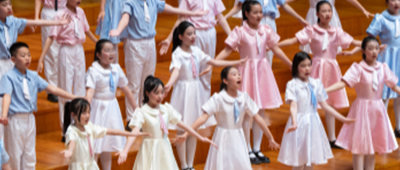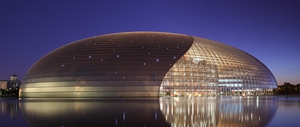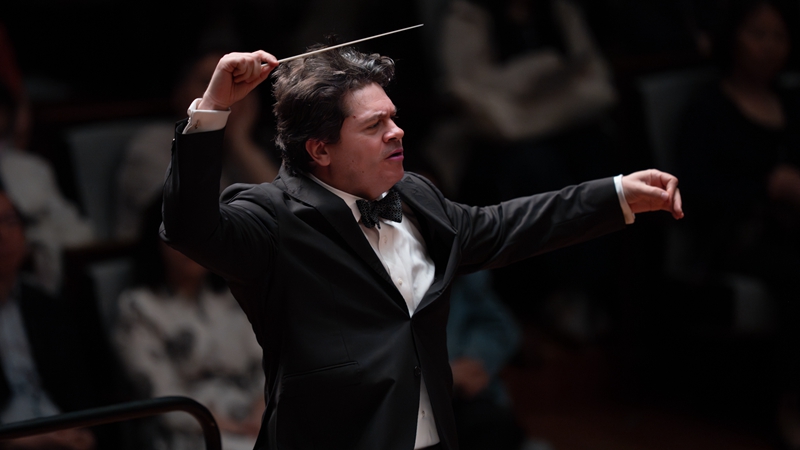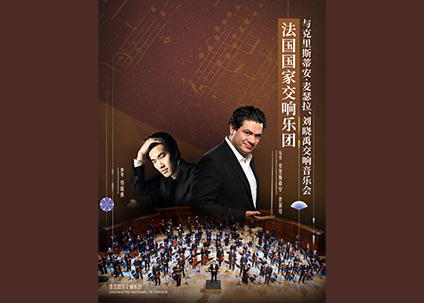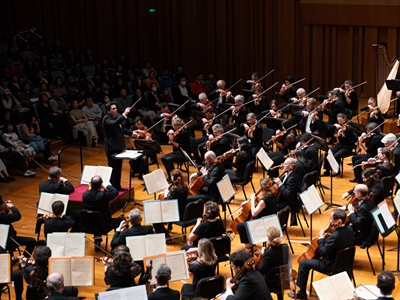On the night of May 5th, the Orchestre National de France joined hands with Bruce Liu, first prize winner of the 18th International Chopin Piano Competition, in holding a concert at the NCPA Concert Hall, under Cristian Mǎcela’s baton. With all seats occupied, their performance became a bridge for musical and cultural exchanges between China and France. The year 2025 marks the 150th anniversary of the death of French composer Georges Bizet and the 150th anniversary of the birth of Maurice Ravel. So the Orchestre National de France gave a passionate rendition of these two composers’ masterpieces to present a feast of French music to the music fans.
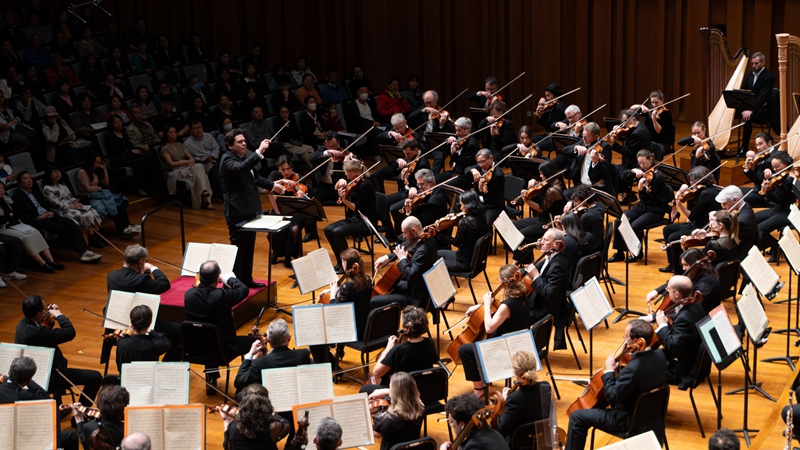
The concert began with Bizet’s L’Arlesienne Suite No. 2. Based on a tragedy of the same title by the French writer Daudet, this piece is well-known for its lively music. Under Cristian Măcelaru’s leadership, the orchestra gave an accurate interpretation of the four movements in response to emotional development - emotion is expressed as silence in Pastorale, as depression in Intermezzo, as elegance in Minuetto and finally as revelry in Farandole. In the final movement, the orchestra exploded with increasing heat and radiance. As the impassioned “March of the Three Kings” was interwoven with Provençal ballads, the country dance party reached a climax in the dialogue between the piccolo and the brass. In such an atmosphere, the tragic theme became partly invisible and partly visible with rhythm changing. That’s what a perfect dramatic outcome should be - “after joy comes sadness”.
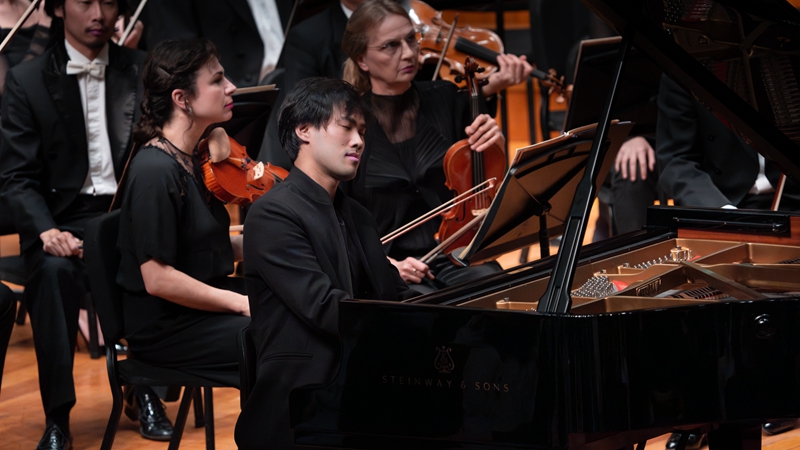
Young pianist Bruce Liu then took the stage. He gave a rendition of Ravel’s Piano Concerto in G Major in perfect unison with the orchestra, exciting the audience to the utmost. This work, orchestrated glamorously by Ravel, features something witty created with a bold hand. Bruce Liu worked with the orchestra in a French atmosphere, a distinctively exquisite and relaxing one. In the first movement, his hands jumped on the keys at improvisational jazz rhythms to the perfect accompaniment of lively woodwind music. In the second movement, he created a poetic and picturesque scene on the piano to the gentle accompaniment of the orchestra, with everybody immersed in memory. In the final movement, he took swift control of the complex texture created by Ravel, generating a colourful collision with the orchestra. Bruce Liu, a pianist born in Paris to Chinese parents and growing up in Montreal, gave a multicultural interpretation of this classic piano concerto, infusing contemporary vitality into it.
In the second half of the concert, the orchestra presented an orchestral version of the symphonic painting Pictures at an Exhibition. The 15 movements constituted an itinerant painting exhibition - from quirkiness in Gnomus to desolation in The Old Castle and from trudges in Bydlo to the grand finale The Great Gate of Kiev, the Orchestre National de France drew a 3D picture with a variety of timbres. Brass music was full of tension in “Baba Yaga”. When string music played, a mysterious atmosphere was created in dark harmonies in “catacombs”. Taking precise control over what was constantly changing, conductor Măcelaru gave free rein to Ravel’s orchestration magic - by retaining the original Russian soul and presenting the work in an exquisite French way.
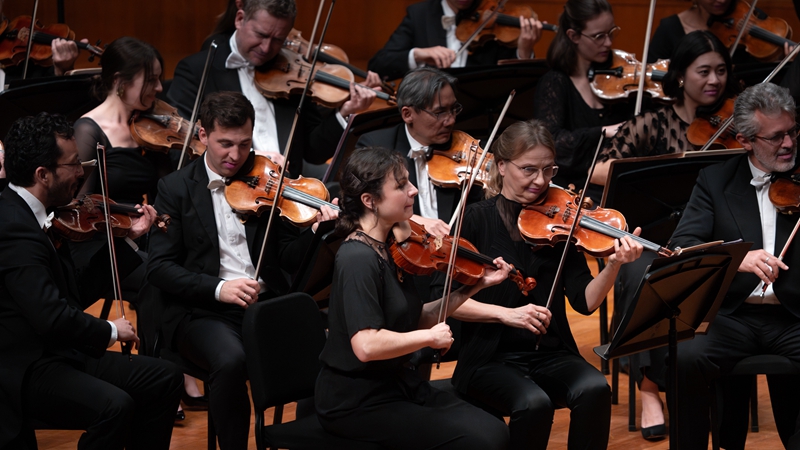
Founded in 1934, the Orchestre National de France is invariably committed to promoting French music as the first full-time symphony orchestra of France. From the premiere of Boulez’s Le Soleil des Eaux and Messiaen’s Turangalîla-Symphonie to its return to the Beijing stage after a seven-year hiatus, the orchestra is veritably a “living fossil” in the history of modern French music. Conductor Măcelaru continues this tradition - He not only enjoys a global reputation as a Grammy Award winner, but also enjoys popular support for conducting Olympic Anthem at the Opening Ceremony of the Olympic Games Paris 2024. On the night of 6th, he will lead the orchestra to perform French composer Saint-Saëns’ Piano Concerto No. 5 in F Major and Symphony No. 3 in C Minor to demonstrate the romantic evolution of French music and the essence of the French culture.
Photos by WANG Xiaojing
 Repertoire
Repertoire
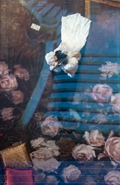 Films
Films
 Videos
Videos
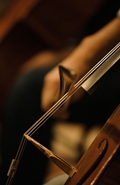 Podcast
Podcast
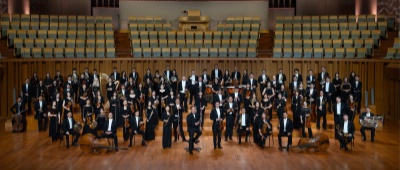 China NCPA Orchestra
China NCPA Orchestra
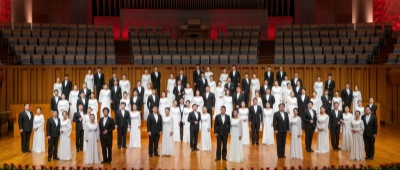 China NCPA Chorus
China NCPA Chorus
 NCPA Resident Singers
NCPA Resident Singers
 NCPA Drama Ensemble
NCPA Drama Ensemble
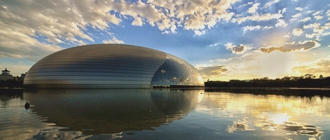 Buildings
Exhibitions
Buildings
Exhibitions
 Opening Hours
Services
Opening Hours
Services
 Western Cuisine
NCPA Café
Arts Gifts
Western Cuisine
NCPA Café
Arts Gifts








